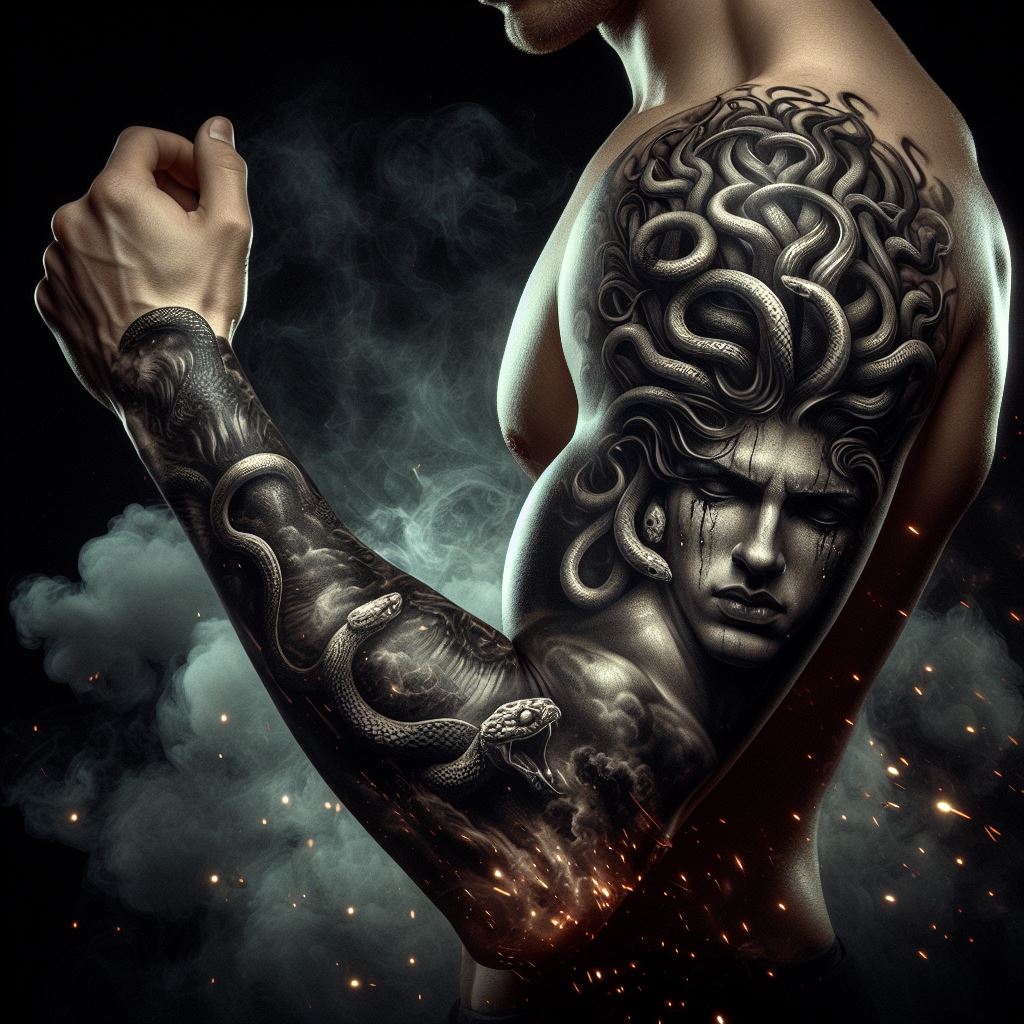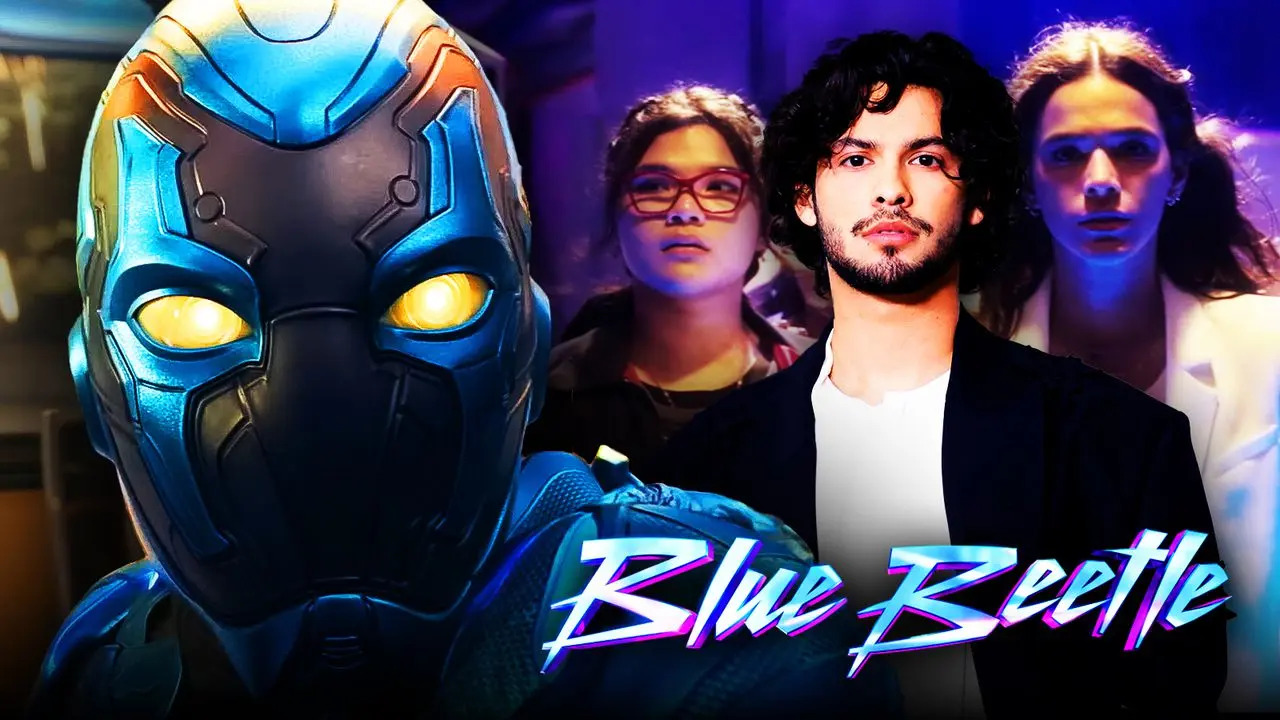Marvel Studios’ Comic-Con panel in San Diego Comic-Con in July gave audiences a lot of surprises. Aside from the lineup of Phase Four movies scheduled to come out from 2020 to 2021, one of the most surprising announcements was the announcement regarding one of the upcoming movies, Thor: Love and Thunder. Instead of the Thor we all know and love portrayed by Chris Hemsworth, the Taika Waititi film features a completely new Thor: a female Thor played by returning Marvel cast member, the talented and award-winning Natalie Portman.
Portman previously played Jane Foster in the Marvel Cinematic Universe. Foster is the astrophysicist and one of the world’s leading experts on Asgard. She served primarily as the love interest for Thor, and while her character was seen in Avengers: Endgame (fun fact: Portman’s scene in the movie was just unused footage from Thor: The Dark World and a few voice-over lines), it’s been a while since Portman has been a figure in the MCU.
Some people may be confused as to what this change is or what it means for the rest of the MCU. But contrary to angry fans crying out accusations of forced inclusivity, a female Thor is a canon figure in Marvel Comics. Here’s an in-depth explanation on Jane Foster in the comics and why Mighty Thor (the name Taika Waititi announced as Jane’s hero name) has always been a possible story arc the MCU would pick up.
Jane Foster in the Movies
Jane Foster has been in the MCU dating back to the Phase One days of Thor in 2011, though if you were to base Foster’s role in Marvel Comics based on the movies alone, you may think she was just a background character throughout the comics.

In Thor (2011), Foster was introduced as an astronomer working with Dr. Erik Selvig and intern Darcy Lewis who discovered Thor when he was exiled to Earth. While Selvig dismisses Thor’s claims of being from Asgard as mad rambling, Jane considers the possibility that Thor is more than an ordinary human, especially when S.H.I.E.L.D. agents arrive to confiscate all her data about the wormhole that transported Thor and Mjolnir to Earth. She learns all about Asgard and the rest of the Nine Realms from Thor, and eventually they fall in love.
However, Thor leaves the Earth to defend Asgard. He promises to return to Jane, but when Loki destroys the bridge at the end of the movie, he is unable to return. Jane starts working with S.H.I.E.L.D. to find a way to reunite with Thor. Thor returns to Earth in Marvel’s The Avengers (2012) to retrieve Loki and take him back to Asgard to answer for his crimes. After Loki abducts Selvig and controls him to do his bidding, S.H.I.E.L.D. takes Foster and Lewis to a remote observatory for protection.
While Foster isn’t featured in this film, Foster tells Thor in the next film, Thor: The Dark World (2013), that she and Lewis weren’t given an explanation for their transfer until Foster finds out that Thor was in Manhattan fighting Loki and the Chitauri. When she returns to New York for Selvig, she finds out that Thor has departed for Asgard without even talking to her. Having spent a year researching ways to open wormholes to reunite with Thor only to be ignored when he makes his way back to Earth, Foster gives up on Thor and quits S.H.I.E.L.D. to move on with her life.

In this film, Foster is infected by the Aether and Thor brings her to Asgard and later Svartalfheim in an attempt to have it removed. They survive Malekith’s attack on Earth, and Thor decides to leave Asgard and stay with Foster on Earth.
Having survived travelling to other Realms, being one of the few humans to visit Asgard, and having data of the Aether, Foster went on to make huge discoveries in the field of astrophysics. While she’s never seen in the next MCU films, Thor mentions that she was a candidate for a Nobel Prize. However, we learn on Thor: Ragnarok (2017) that after the events of Avengers: Age of Ultron (2015) that Jane and Thor broke up. She is briefly seen in Avengers: Endgame (2019) where Rocket extracts the Aether from her body.
Jane Foster in the Comics
Jane Foster in Marvel Comics may have just been a supporting character at the beginning of the stories of Thor Odinson, but she developed and began to have a bigger role in the Marvel Universe later on. She first appeared in Journey Into Mystery #84 in 1962. Unlike the MCU where Foster was an astrophysicist, Foster was a nurse before becoming a doctor herself.

In Thor: The Dark World, we see Odin trying to pressure Thor to let Jane die. This resembles the way, in the comics, Odin dislikes Jane and actively tries to keep her and Thor apart. Jane goes on to marry another man, Keith Kincaid, and has a son named Jimmy. However, these two are killed in a car accident and Foster is diagnosed with breast cancer shortly afterwards. She refuses all magical treatments but accepts chemotherapy treatment.
In the 1978 and 2014 storyline, Thor loses the ability to wield Mjolnir and goes by the name Odinson when he discovers that a new unknown female has the ability to wield it. He suspects it is Foster, but dismisses it because of her weak condition from chemotherapy treatments. However, it really is Foster, with Mjolnir giving her the power to fight as Thor, and she takes the name “Thor, Goddess of Thunder,” and replaces Thor’s position in the Avengers. However, while Foster has all the powers of Thor when she wields Mjolnir, it purges the chemotherapy effects from her body each time she transforms, resetting her cancer cells and having to start therapy all over again.
During her time as Thor, she fights Malekith the Accursed, Dario Agger, and the Absorbing Man. After The War of the Realms, she even takes up Valkyrie’s role. Unfortunately, she dies by sacrificing her life in one of these battles, and Odinson is restored as Thor.
What This Means for Thor: Love and Thunder and the MCU

Let’s look at where the MCU stands for all those mentioned in Foster’s comic book arc:
- Loki is dead (but is set to have a series on Disney Plus).
- Thor has abdicated his role as ruler of Asgard and has joined the Guardians of the Galaxy and is locked in an unspoken power struggle with Peter Quill.
- Valkyrie is now the King of New Asgard.
- Jane Foster is somewhere in the United States, trying to move on from her experience being romantically involved with the god of thunder.
Since the character of Jane Foster already exists in the MCU, it’s interesting to see if director Taika Waititi will try to reboot the character or find a way for Foster to make her way back into Thor’s world. Though the fact that Natalie Portman will be reprising her role as Foster suggests that the MCU has no intention of trying to reboot or retcon details of her life that are already canon.
When Thor: Love and Thunder comes out on its scheduled release date on November 2021, Foster – or as Waititi claims her name is, “Mighty Thor” – will add to the MCU’s list of female heroes. With Natalie Portman most likely getting top billing on this film, this will make Foster the fourth female hero with her own film, after Captain Marvel (which released in 2019) and the upcoming Black Widow movie featuring Natasha Romanov in 2020 and Doctor Strange in the Multiverse of Madness featuring Wanda Maximoff as a co-star in early 2021.

Waititi, who directed Thor: Ragnarok, will be directing Foster’s movie as well. While there is no plot or logline announced yet, fans can assume that it may be based on the comics. If that is true, we may expect to see a Thor vs. Mighty Thor in Thor: Love and Thunder to show how comic book Thor does not take his replacement as the god of thunder lightly.
Originally, it was unknown if Chris Hemsworth will be returning to reprise his role, as his contract with Marvel ended after Avengers: Endgame. In that regard, Hemsworth stated that if the script were good, we can expect him to reprise his role. With Waititi writing and directing the film, though, the script must have been so good that it convinced Hemsworth to return.

Finally, we can expect that Valkyrie, played by Tessa Thompson, will play a role in this film as well. It was confirmed in the Comic-Con panel and by Thompson herself on Twitter that Valkyrie is actually a bisexual character – the only other LGBTQ+ character to grace the MCU aside from that one guy in Avengers: Endgame who attended Captain America’s grief support group (which is actually a cameo from co-director Joe Russo). According to Thompson in a 2017 interview, a deleted scene in Thor: Ragnarok would have confirmed Valkyrie’s sexual identity (a woman was seen leaving Valkyrie’s bedroom). This time, though, Valkyrie’s sexuality will have an effect on the plot.
So, for those who claim that “female Thor” is just Marvel’s way of pandering to millennials pushing for inclusivity, think again: the plot of Mighty Thor is based on previous comics and provides an interesting storyline many can enjoy. And with the Marvel Cinematic Universe setting the bar high this 2019 with the end of Phase 3, we have really high expectations not only for Waititi’s Thor: Love and Thunder, but also for the rest of Marvel’s Phase 4 films.





